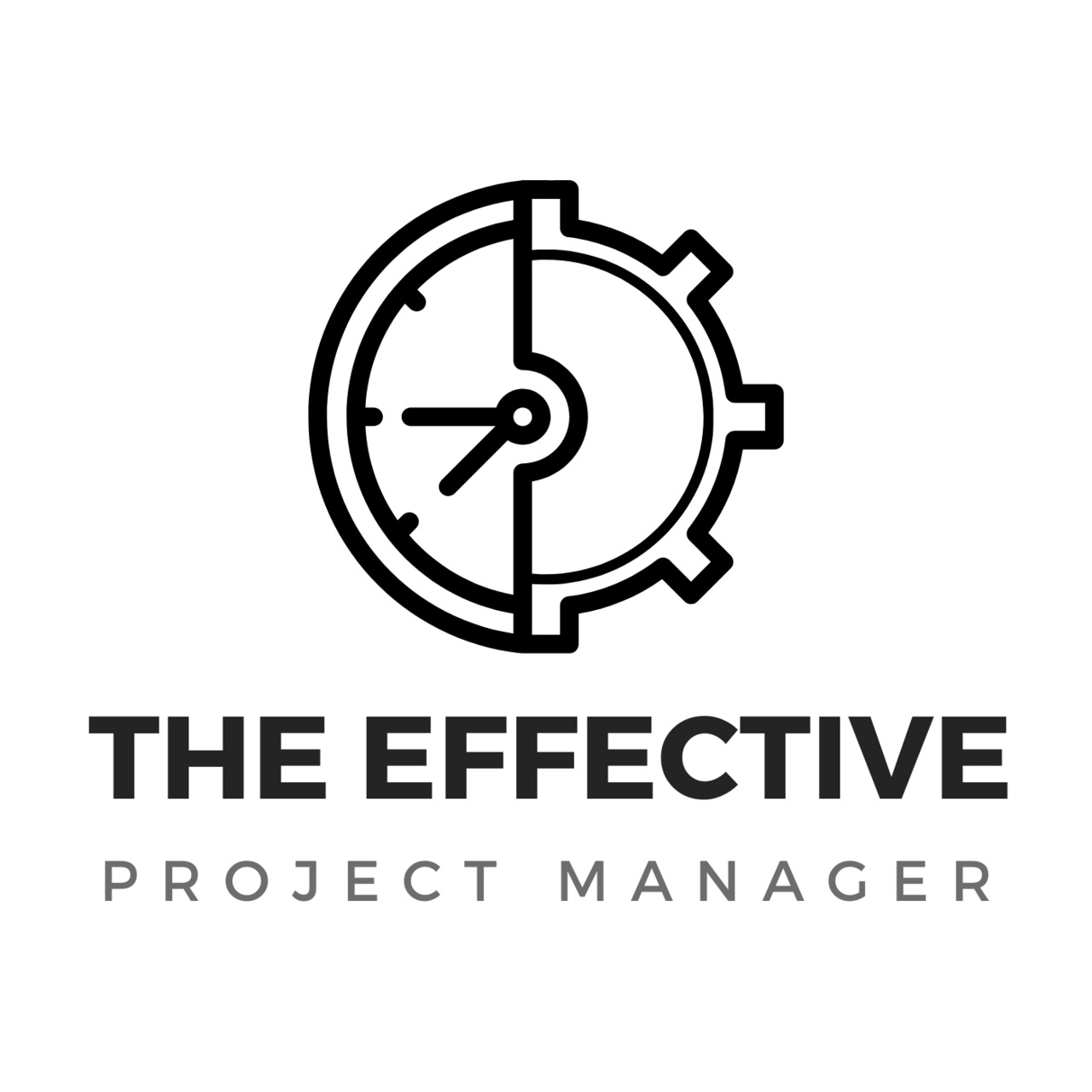Project Jam #4☕ - The Effective Project Manager - Make Better Decisions in Less Time
Charlie Munger's Favourite Method
Hey, fellow Leader 🚀,
Welcome to a very special edition of The Long Missing Sow. Today, we have an article by Jonathan, a Project Manager who is the author of
. In a casual conversation, Jonathan proposed to bring to the SoW an interesting topic coming from Charlie Munger, who was the vice chairman of Berkshire Hathaway. I follow advice from Warren Buffett, including his reading suggestions. Today, I still have the book “The Intelligent Investor,” which was written around 1950, so I was drawn to today’s topic. I am happy to welcome Jonathan and hope you enjoy his knowledge and insights!Hey everyone,
Do you have a process that you use to make decisions?
I’m going to guess you don’t.
Most of us make decisions based on some combination of instinct, experience and heuristics (a simple rule that works ‘most of the time’). But how do you know when your decisions are correct?
Do you hope? Do you have faith in your track record?
This is probably a sub-optimal way to make complex and important decisions. Mental models help to solve this very important problem.
One of the most important (and useful) was favoured by famed investor Charlie Munger.
Let’s discuss.

Invert, Always Invert
Munger is famous for this line, which he has attributed to a German mathematician named Carl Jacobi.
“Indeed, many problems can’t be solved forward” ~ Charlie Munger
Inversions are used to solve problems by flipping the situation on its head. Instead of focusing on how to achieve a goal, you consider the opposite: how to avoid failure or how to make the problem worse.
By thinking in reverse, you uncover hidden risks, mistakes, or obstacles that you might not have noticed using a traditional, forward-thinking approach.
Practical Strategies for Inversion
Here’s a structured way to use inversions to solve a problem effectively:
Identify the Problem or Goal
Start with a clear definition of what you're trying to solve or achieve. You will be surprised how spending some time properly defining a problem makes the rest of the task easier. It is easier to “Raise the customer satisfaction index by 5%” than to “Improve customer satisfaction”. A problem well defined is a problem half solved.
Invert the Problem
Flip the problem around by asking how you could create the opposite outcome.
Example: "How can I ensure customer satisfaction decreases by 5%?"
I bet you can think of a thousand ways to make your customers unhappy. This helps you think about what behaviours, actions, or decisions would lead to failure.
List All the Negative Actions
Brainstorm a list of actions or circumstances that would make the problem worse or prevent success. Focus on identifying behaviours, processes, or choices that would lead to failure.
Example (Ways to Ensure Customer Dissatisfaction):
Be slow in responding to customer inquiries.
Offer poor-quality products.
Be unprofessional or rude in communications.
Avoid the Negative Actions
Now that you have identified the actions that lead to failure, use this information to actively avoid these pitfalls. This helps you prevent common mistakes and risks.
Example (Avoiding Dissatisfaction):
Ensure prompt responses to customer inquiries.
Focus on delivering high-quality products.
Train staff to be courteous and professional.
Create a system to collect and act on customer feedback.
Analyze Insights from Inversion
Think about how the inverted approach highlights issues you hadn’t considered before. What do these failures teach you about how to succeed? Sometimes, inversion uncovers more effective solutions because it helps you focus on the most critical elements of the problem.
Example: By focusing on avoiding poor customer service, you realize that improving your customer support team's response time is more important than adding new features to your product.
Now you have a plan. And a clear idea of what makes the most sense for your particular issues.
Using Inversions for Continuous Improvement
Apply inversion thinking regularly, not just once. Continuously revisit the problem from an inverted perspective to spot emerging risks, inefficiencies, or potential failures.
Example: Every few months, ask yourself, "What new mistakes could we make that might lead to customer dissatisfaction?" This keeps you vigilant and helps you prevent problems before they arise.
Final Thoughts
Inversion is a simple but powerful mental model that helps you see problems and solutions from a different angle. It’s a tool for sparking creativity. Instead of charging forward, it forces you to pause, flip the problem, and think critically about what to avoid. It simply works. And it works for a wide range of problems.
Give it a try.
That’s it. If you find this post useful, please share it with your friends or colleagues who might be interested in this topic.
Cheers,
Jonathan & Artur





Inversion is a super-powered way of making decisions.
Interesting.This is really new to me , have never heard this before. Very good information, I will use it in the future. Many thanks, that’s really helpful.